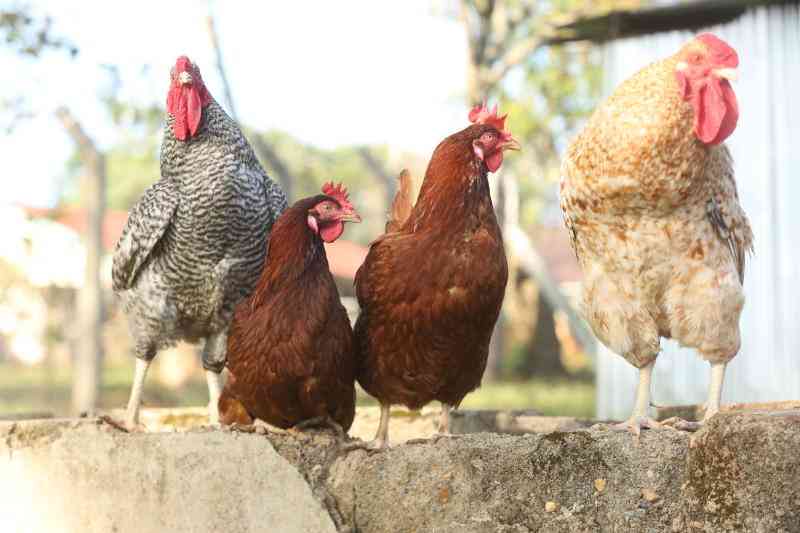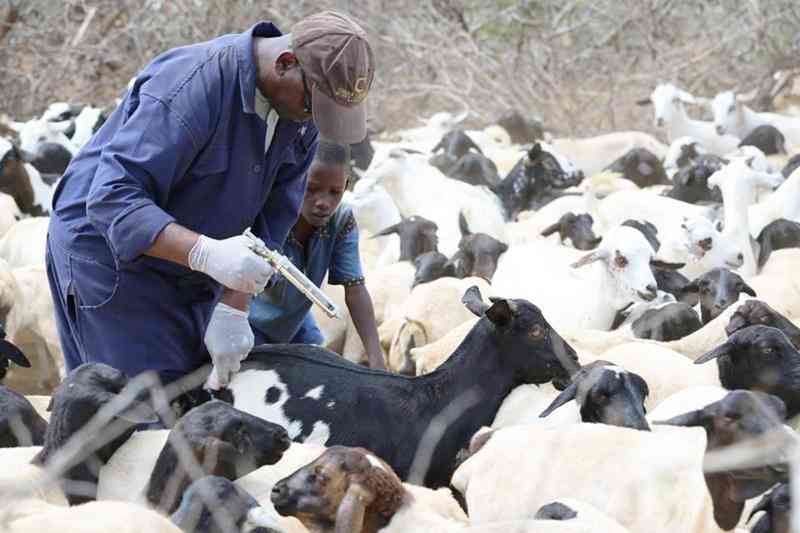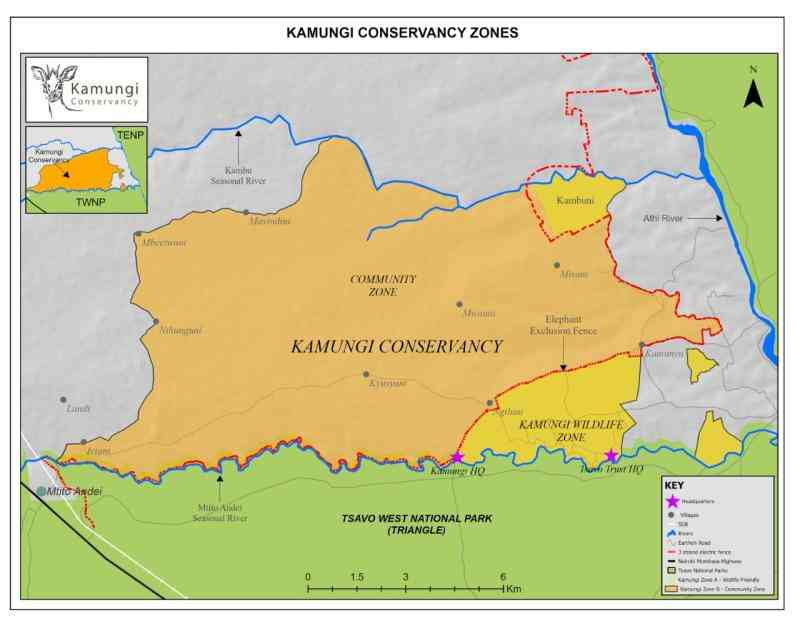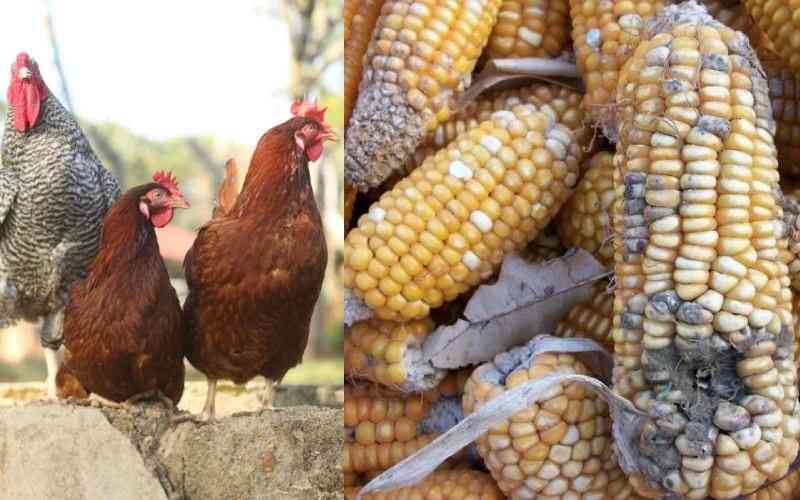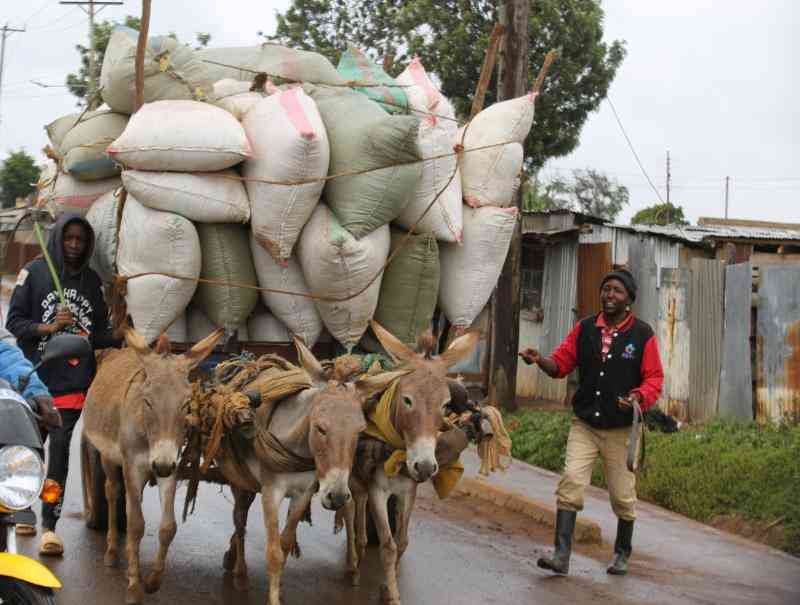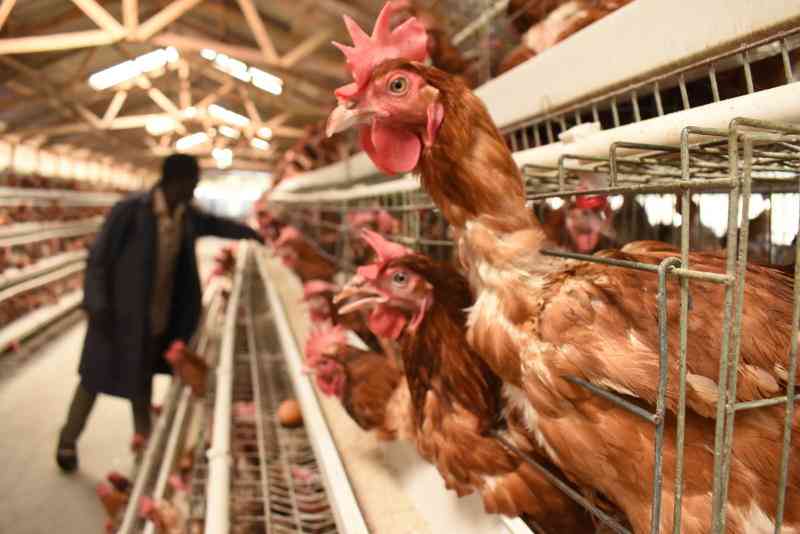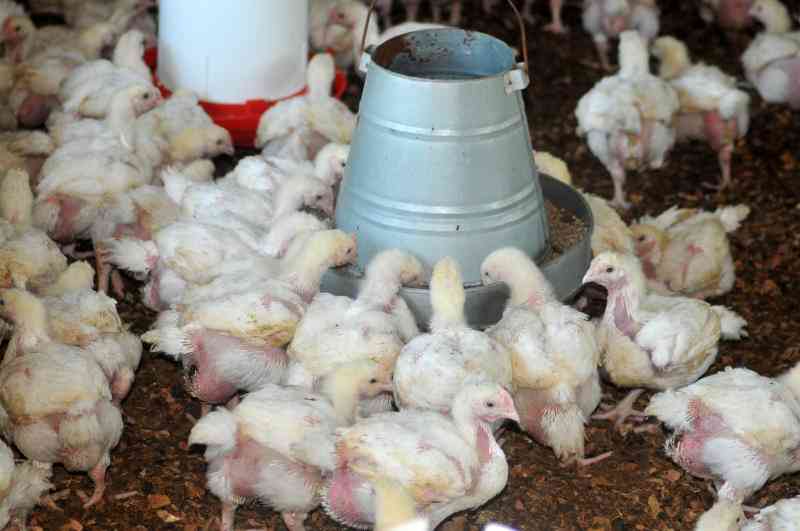
Three weeks old broiler chicken [Gideon Maundu, Standard]
Broiler farming is profitable despite the high cost of inputs and volatile market. The broiler meat industry in Kenya is estimated to be valued at Sh48.6 billion and is the fastest-growing industry globally, thanks to the ever-increasing human population and the demand for cheap protein sources.
Prices of whole dressed capon of 1.1-1.2kg are currently going for Sh500 per piece, this price is likely to come down with the anticipated drop in feed prices following the intention to import cheap maize from external producers recently announced by the Kenya Kwanza government.
broiler industry
The recent Covid-19 pandemic had a negative impact on broiler meat production and consumption and this was worsened by the effects of scarcity of raw materials. On top of that, the yearlong war in Ukraine and Russia has disrupted the supply of maize and wheat globally. It is estimated that Ukraine alone accounts for 12 per cent of world corn exports and 10 per cent of wheat exports.
This has greatly impacted the supply and demand of the feed industry leading to price increases or volatility. Evidence shows that 70 per cent of the entire cost of rearing a broiler chick to market weight goes to feeds. How can farmers mitigate high feed costs?
In the last year alone, broiler farmers have witnessed at least three feed price escalations. The broiler starter crumb price has moved from Sh60 per kg to the current Sh90 per kg, a 30 per cent rise, while the finisher has moved from Sh55 to Sh80 per kg.
Avoid feed spillageIt is therefore imperative that farmers make sure that they avoid unnecessary feed waste by ensuring that they have the most appropriate feeding equipment and discipline to avoid feed spillage. Choose good feeders like round plastic three to five kg hoppers with inverted lips to prevent spillage. If you must use open feed troughs, do it for the first four days in the chick's life and replace them with adult feeders. Ensure that the birds have access to clean potable water with a pH of five to seven to stimulate feed intake. Please note birds will drink twice as much as they eat.
Importance of feed allocationFeed your birds according to the target weight profile for their age. There is nothing like feeding ad libitum, you must measure to a level of grams per bird per day in all your feeding schedule. This is not the time to estimate daily feed allocation. Invest in a good weighing scale to accurately measure the total feed required per day as per the nutrient requirement of the bird. Excessive allocation of feed will only result in feed waste.
It is good practice to weigh a five per cent sample of the total population of your flocks on a weekly basis to monitor the growth rates. Get a standard growth graph from your chick supplier to compare your weights and performance against expected weights.
Cheap feed vs low-cost feedMost commercial feed millers formulate their feeds according to specific bird requirements. However, some intentionally reduce or completely omit the level of energy and protein contents thus offering cheap diets that do not satisfy your birds' requirements no matter how much is consumed. Low-cost feed is one which is balanced but less dense hence birds will slightly eat more to compensate for the low energy.
Good stockmanship and superior geneticsTarget to grow your birds with a higher live weight, good conversion on less feed consumption.
Practice good biosecurity, vaccinate your birds accordingly and offer good-quality drinking water. Select good broiler genetics with the potential to convert efficiently.
Maintain your bird mortality rate below five per cent. Remember any dead birds are like wasted feed and hence poor feed utilisation.
Manage your overheads, accordingly, avoid unnecessary power use, water waste and brooding costs. Avoid feed and chicken theft as these impact negatively on your key performance indicators.
[The writer is the head vet at Kenchic, [email protected]]
 The Standard Group Plc is a multi-media organization with investments in media platforms spanning newspaper print
operations, television, radio broadcasting, digital and online services. The Standard Group is recognized as a
leading multi-media house in Kenya with a key influence in matters of national and international interest.
The Standard Group Plc is a multi-media organization with investments in media platforms spanning newspaper print
operations, television, radio broadcasting, digital and online services. The Standard Group is recognized as a
leading multi-media house in Kenya with a key influence in matters of national and international interest.


